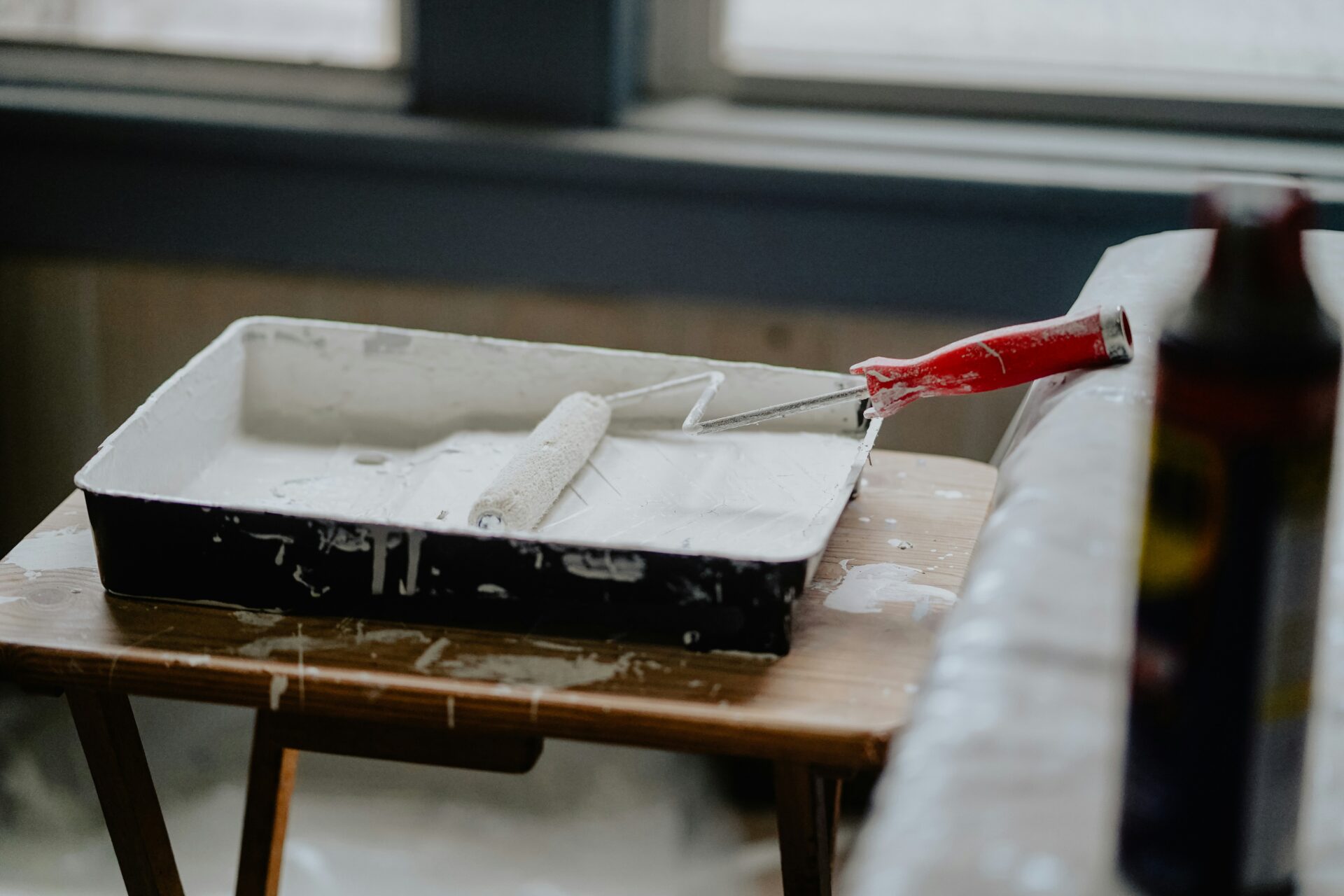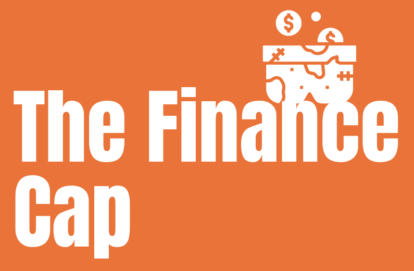What is a Rehab Loan? Know This Before Buying a Fixer-Upper
Buying a home that needs work can be both exciting and overwhelming. On the one hand, you get the chance to purchase a property at a lower price and customize it to your liking. On the other, home renovations can be costly, time-consuming, and difficult to finance if you don’t have cash on hand.
This is where rehab loans come in. These special types of mortgages allow you to finance both the purchase of a home and the cost of renovations in a single loan. Whether you’re a first-time homebuyer looking for a budget-friendly fixer-upper or a real estate investor planning to flip houses, rehab loans provide a structured way to fund home improvements.
In this comprehensive guide, we’ll break down everything you need to know about rehab loans, how they work, the different types available, and their advantages and disadvantages. By the end, you’ll have a clear understanding of whether a rehab loan is the right choice for your homeownership or investment goals.

How Does a Rehab Loan Work?
A rehab loan functions differently from a traditional mortgage. Instead of borrowing just enough to purchase a home, you borrow enough to cover both the purchase price and the renovation costs. This can save you from the hassle of taking out a separate home improvement loan or dipping into your savings to cover repairs. You’ll also be able to sell the house quicker if that is your ultimate goal.
Step-by-Step Process of a Rehab Loan
- Prequalification and Loan Application
- Before you begin house hunting, you’ll need to get prequalified for a rehab loan. Lenders will assess your income, credit score, and debt-to-income ratio to determine how much you can borrow.
- Since rehab loans include renovation costs, you’ll also need to provide an estimated budget for the work to be done.
- Finding a Property and Estimating Renovation Costs
- Once you find a home you want to purchase, you’ll need to obtain a contractor’s estimate for the necessary renovations. Some rehab loans require you to work with an FHA-approved consultant or a licensed contractor to ensure accuracy.
- Property Appraisal Based on After-Repair Value (ARV)
- Unlike traditional home loans, which are based on a home’s current market value, rehab loans consider the property’s future value after renovations. This after-repair value (ARV) determines how much you can borrow.
- Loan Approval and Closing
- The lender reviews your application, renovation plans, and contractor bids before approving the loan.
- Once approved, the loan closes, and you officially purchase the home.
- Renovation Work Begins
- The lender typically holds the renovation funds in an escrow account and releases them in phases as work is completed.
- You or your contractor will need to follow the agreed-upon timeline to ensure renovations are finished within the required timeframe (often 6 to 12 months).
- Final Inspection and Loan Completion
- After renovations are completed, a final inspection ensures that the work meets the lender’s standards.
- At this point, your rehab loan transitions into a standard mortgage (for FHA and conventional loans), or you pay off the loan if you’re flipping the house.
This structured approach makes rehab loans an excellent financing tool for turning distressed properties into dream homes.
Types of Rehab Loans: Which One is Right for You?
1. FHA 203(k) Loan: The Most Popular Rehab Loan
The FHA 203(k) loan is one of the most common rehab loans available, backed by the Federal Housing Administration (FHA). It’s popular among first-time homebuyers because it allows for low down payments and more flexible credit score requirements.
Types of FHA 203(k) Loans:
- Limited 203(k) Loan: Covers minor, non-structural renovations up to $35,000. Ideal for cosmetic upgrades like flooring, painting, kitchen updates, and minor repairs.
- Standard 203(k) Loan: Covers major renovations, including structural repairs, room additions, and full home rebuilds. Requires an FHA-approved consultant to oversee the project.
Who is it for?
- First-time homebuyers
- Buyers with lower credit scores (minimum 580-620)
- Homeowners looking to refinance and renovate
Pros:
- Low down payment (as low as 3.5%)
- Covers both major and minor renovations
- FHA backing makes it easier to qualify
Cons:
- More paperwork and lender involvement
- Longer closing process compared to traditional mortgages
2. Fannie Mae HomeStyle Loan: A Conventional Alternative
If you have a higher credit score and a larger down payment, the Fannie Mae HomeStyle loan might be a better option. Unlike the FHA 203(k), this conventional rehab loan doesn’t have as many restrictions on the types of renovations you can do.
Who is it for?
- Buyers with credit scores of 620+
- Homeowners who want to finance high-end upgrades (e.g., swimming pools, luxury remodels)
- Investors purchasing single-family rental properties
Pros:
- No restrictions on renovation types
- Can be used for investment properties
- Higher loan limits than FHA 203(k)
Cons:
- Requires a higher credit score
- Larger down payment required (typically 5-20%)
3. VA Renovation Loan: For Veterans and Service Members
A VA renovation loan allows eligible veterans and active-duty service members to finance both home purchases and renovations with no down payment. It’s an attractive option for those who qualify, as it combines the benefits of a VA loan with additional funding for home improvements.
Who is it for?
- Eligible veterans and military personnel
Pros:
- No down payment required
- Competitive interest rates
- No private mortgage insurance (PMI)
Cons:
- Only available to military members
- Limited renovation options compared to other rehab loans
4. Hard Money Rehab Loans: Best for House Flippers
A hard money rehab loan is a short-term loan used primarily by real estate investors, house flippers, and house hackers. These loans have higher interest rates but provide quick access to cash, making them ideal for investors who need to close deals fast.
Who is it for?
- House flippers
- Real estate investors needing fast funding
Pros:
- Quick approval and funding
- No strict credit requirements
- Based on property value rather than personal income
Cons:
- High interest rates (often 10-15%)
- Short repayment period
How to Qualify for a Rehab Loan
Lenders assess several factors before approving a rehab loan. Here’s what you need to qualify:
- Credit Score: FHA loans require 580-620+, while conventional loans need 620+.
- Down Payment: 3.5% for FHA loans, 5-20% for conventional loans.
- Debt-to-Income Ratio (DTI): Typically, lenders prefer a DTI below 45%.
- Renovation Plan: A detailed contractor estimate and renovation timeline are required.
Final Thoughts: Is a Rehab Loan Right for You?
A rehab loan can be a game-changer if you’re looking to buy a fixer-upper or renovate your current home. It allows you to finance home improvements without draining your savings or taking out expensive personal loans.
However, it’s not for everyone. The extra paperwork, lender oversight, and renovation deadlines can make the process more complex than a traditional mortgage. If you’re willing to put in the effort, though, a rehab loan can help you turn a distressed property into your dream home—or a profitable investment.
Thinking about applying for a rehab loan? Speak with a mortgage lender today to explore your options and start your home transformation journey!
